XEV 9e With India’s EV market heating up, Tata Motors and Mahindra are locked in a powerful face-off. Just recently, Tata launched the Harrier EV, adding a new feather to its electric vehicle line-up. Meanwhile, Mahindra has also thrown in a strong contender — the XEV 9e, a bold and tech-laden electric SUV built on a born-EV platform.
Both-SUVs-are-loaded-with-feature,-performance-capabilities,-and-futuristic-design. But which one offers better value for your money? Let’s dive into a detailed, feature-by-feature comparison between the Tata Harrier.ev and Mahindra XEV 9e to help you make a better buying decision in 2025.
Table of Contents
Design – Rugged vs Futuristic
🔹 Mahindra XEV 9e: Futuristic & Sporty
Mahindra’s XEV 9e is a born-electric vehicle, meaning it’s designed from scratch for EV architecture. It-flaunts-a-sleek-coupe-like-silhouette,-frameless-doors,-flush-door-handles,-and-a-wide-DRL-bar-up-front. With large 19-inch alloy wheels, this EV screams modernity and road dominance. Mahindra has clearly aimed at creating a premium visual identity.
🔹 Tata Harrier EV: Familiar Yet Fresh
Tata has retained the robust DNA of the ICE Harrier and added electrifying cues. The Harrier.ev features a blanked-out grille, revised bumper, and modern alloy wheel designs. While its silhouette remains similar to the diesel Harrier, EV-exclusive elements like connected DRLs and taillamps make it stand out.
Verdict:-Mahindra-wins-in-boldness-and-originality;-Tata-offers-familiarity-with-an-EV-twist.
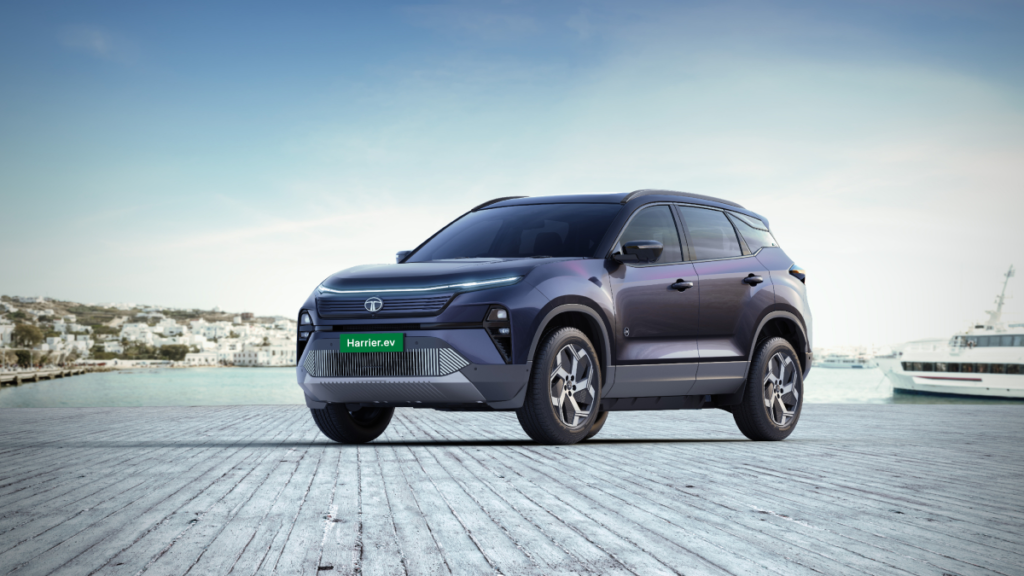

Interior – Tech-Forward vs Comfort-Oriented
🔹 Mahindra XEV 9e Interior Highlights
Step inside the XEV 9e and you’re greeted by a futuristic cabin with a triple-screen layout — driver display, central infotainment, and passenger screen. There’s ambient lighting in the panoramic sunroof, premium leather upholstery, and abundant space. The SUV also comes with dual-zone climate control, 65W USB-C fast chargers, wireless charging pads, and even an air purifier.
🔹 Tata Harrier EV Interior Highlights
The Harrier.ev doesn’t hold back either. It-offers-ventilated-and-memory-front-seats,-a-powered-boss-mode-for-the-rear-passenger,-digital-IRVM,-and-a-new-14.5-inch-Samsung-Neo-QLED-touchscreen-paired-with-a-10.25-inch-instrument-cluster. Tata also introduced a new suspension setup for a more plush ride.
Verdict: Mahindra wins on tech novelty, while Tata delivers a rich blend of luxury and usability.

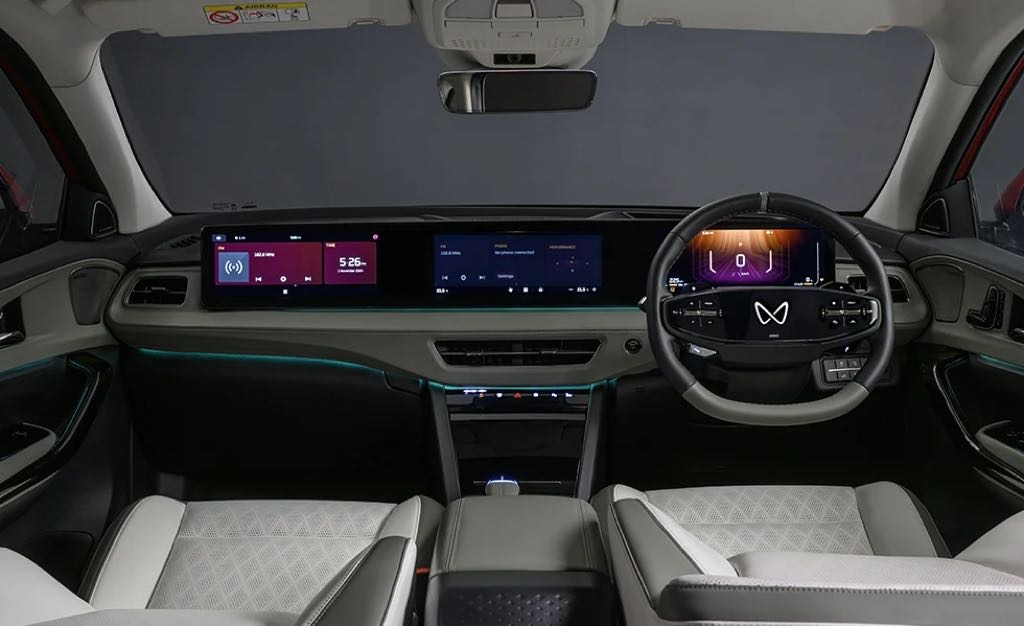
Features – Smart Mobility, Smarter Safety
🔹 Mahindra XEV 9e
Mahindra has equipped the 9e with Level 2+ ADAS, 7 airbags, adaptive cruise control, and a 16-speaker Harman Kardon sound system. The vehicle is BNCAP-rated with 5-star safety and adds a personalized screen for the co-passenger.
🔹 Tata Harrier EV
Tata’s feature list includes a 540-degree surround view camera, terrain modes, self-parking assist, and Level 2 ADAS as well. It-also-comes-with-a-digital-driver-recorder-(DVR)-and-connected-car-features-through-Tata’s-iRA-platform.
Verdict: Tata offers more functional safety features, while Mahindra gets points for immersive entertainment tech.
Powertrain – Performance Battle
Here’s where both EVs pull no punches. Both brands offer dual battery options and strong motors:
| Specification | Mahindra XEV 9e | Tata Harrier.ev |
|---|---|---|
| Battery Packs | 59kWh & 79kWh | 65kWh & 75kWh |
| Power Output | 228bhp (59kWh), 282bhp (79kWh) | 234.7bhp (65kWh), 390.5bhp (75kWh, AWD) |
| Torque | 380Nm (both variants) | 304Nm (65kWh), 504Nm (75kWh) |
| Range (Claimed) | 542km / 656km | 527km / 627km |
| 0-100 kmph | 6.8 seconds | 6.3 seconds |
| Drivetrain | Rear-wheel drive | Single motor (RWD), Dual motor (AWD) |
Verdict: Tata edges ahead in raw performance with AWD and faster acceleration, while Mahindra offers slightly better range with its 79kWh variant.
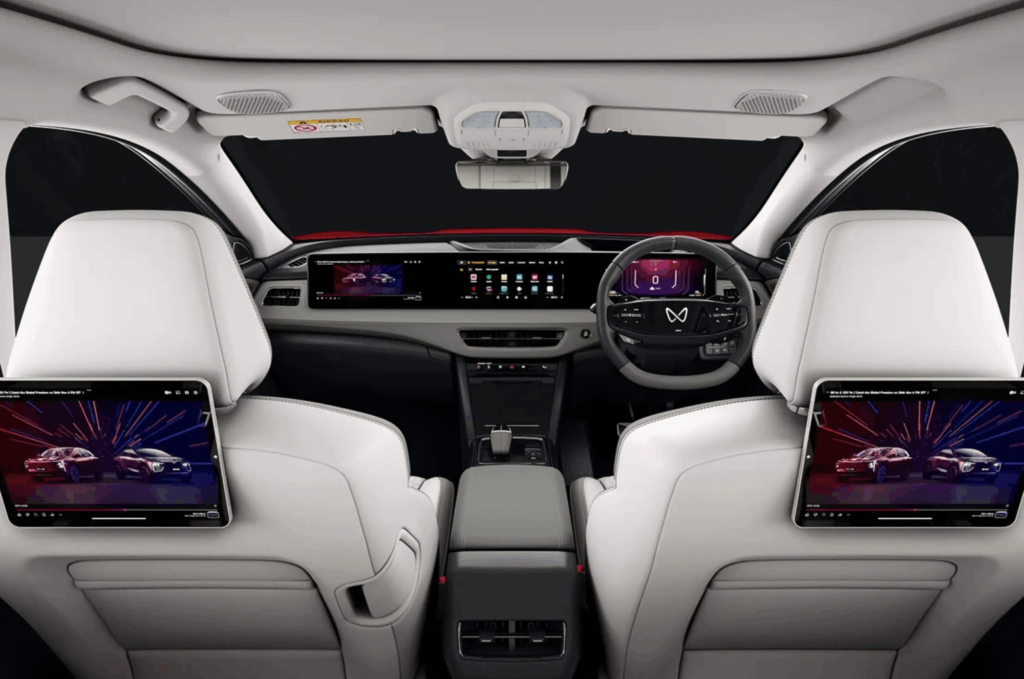

Pricing – Value Proposition
- Mahindra XEV 9e: ₹23.17 – ₹33.28 lakh (on-road, Mumbai)
- Tata Harrier EV: ₹22.70 lakh (introductory, on-road, Mumbai)
Verdict: Tata’s aggressive pricing offers more power and features at a slightly lower entry point. But Mahindra’s top trim justifies its premium with advanced in-cabin experiences.
🧾 Unique Table: Feature & Tech Face-Off
| Category | Tata Harrier EV | Mahindra XEV 9e |
|---|---|---|
| Infotainment | 14.5″ Neo QLED Display | Triple Screen Setup |
| Audio | JBL Audio | 16-speaker Harman Kardon |
| ADAS | Level 2 + Auto Park Assist | Level 2+ ADAS |
| Sunroof | Panoramic | Panoramic + Ambient Lighting |
| Boss Mode | Yes | No |
| Rear Passenger Screen | No | Yes |
| Suspension Comfort | Revised Suspension | Standard Setup |
| IRVM | Digital w/ DVR | Regular Mirror |
| Charging Ports | Type-C + Wireless | 4 Type-C + 2 Wireless |
| Smart Air Filter | Yes | Yes |
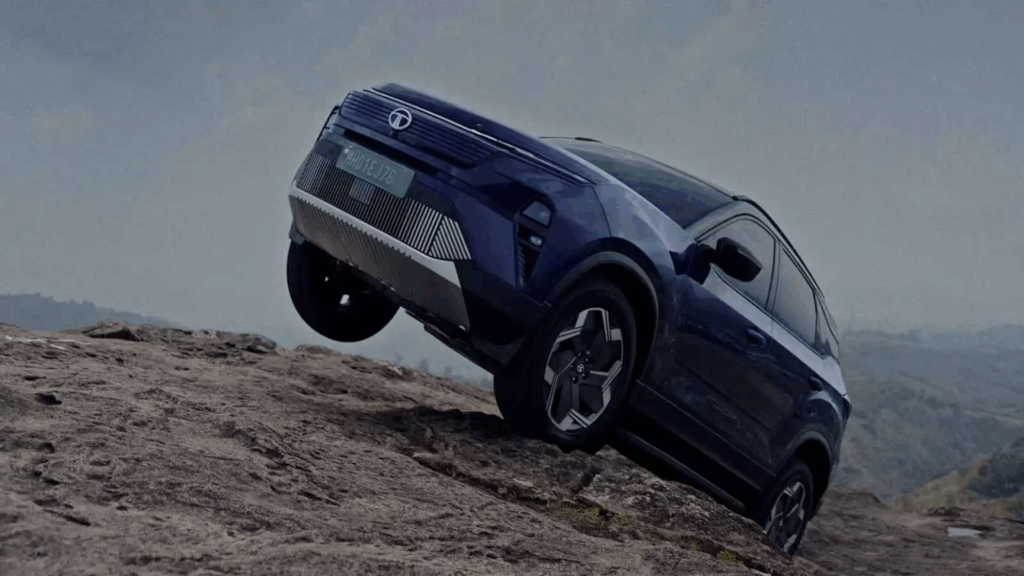
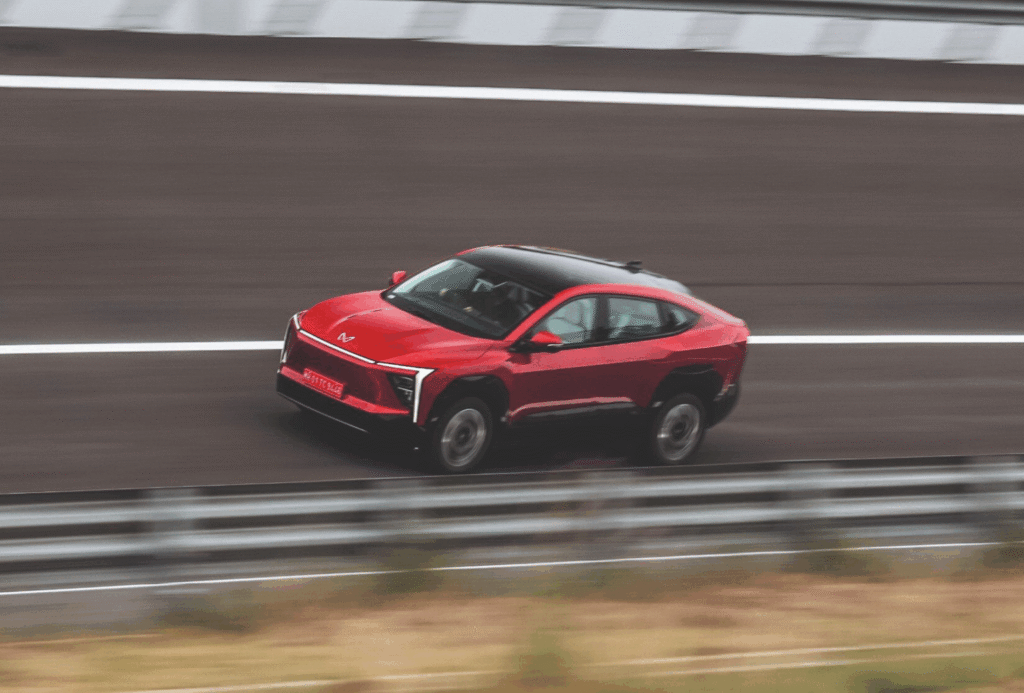
Conclusion – Which One Should You Choose?
If you’re seeking cutting-edge tech and a futuristic appeal, the Mahindra XEV 9e is the better pick. It’s made for those who love bold designs and immersive in-car experiences.
On the other hand, if performance, practical comfort, and value top your priority list, the Tata Harrier EV offers a near-perfect combination of ruggedness, premium features, and speed—all at a more appealing price point.
Ultimately, both EVs are fantastic choices, and your decision will boil down to personal priorities—design flair vs. performance finesse.
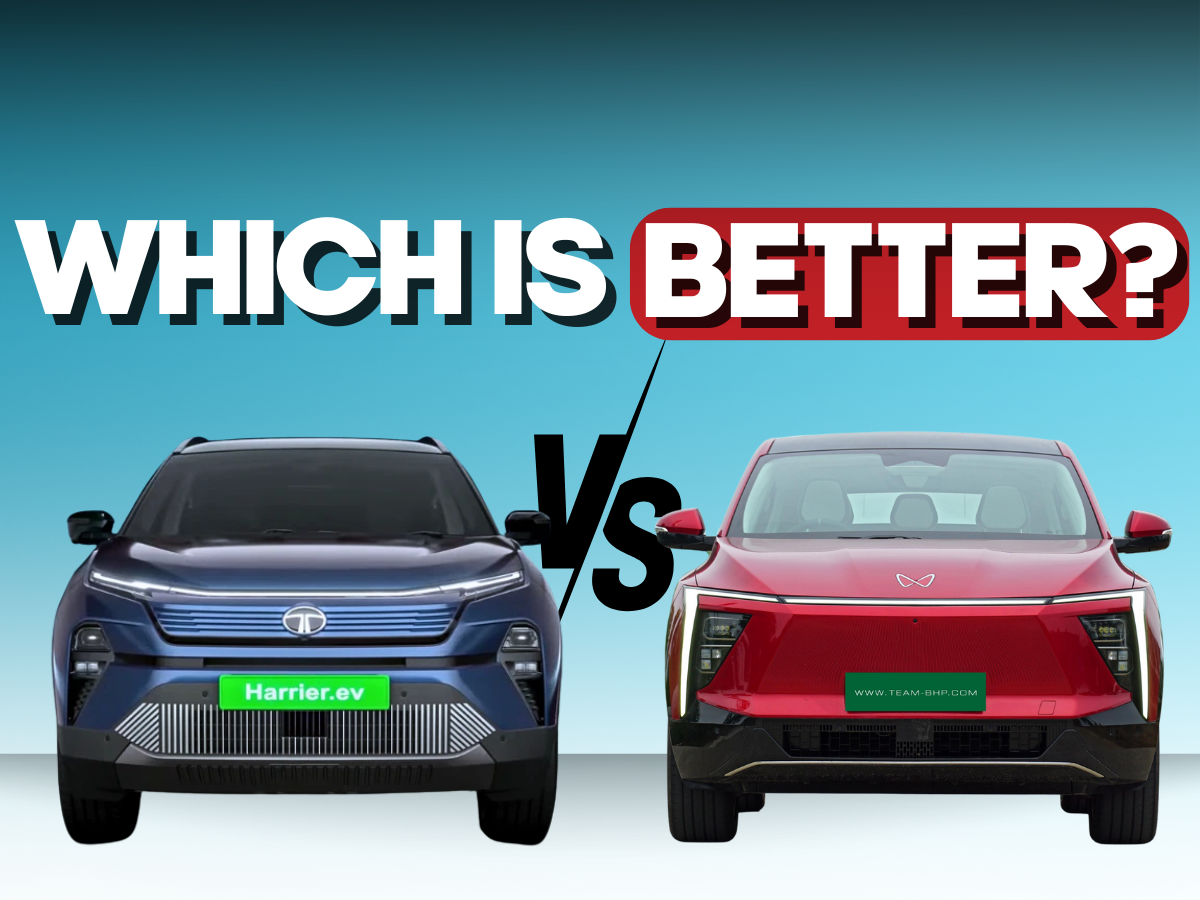
1 thought on “Tata Harrier EV vs Mahindra XEV 9e – Which Electric SUV Should You Choose in 2025 is good?”